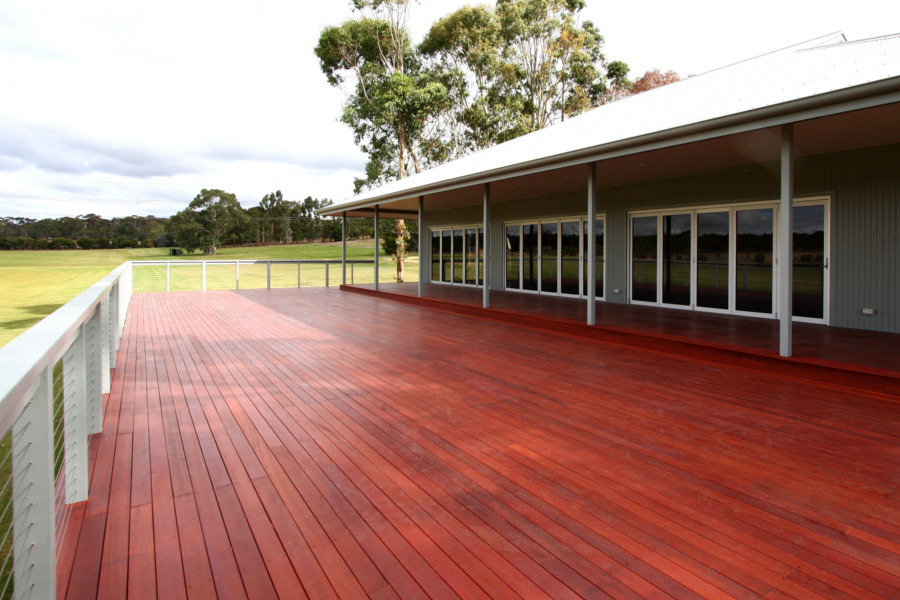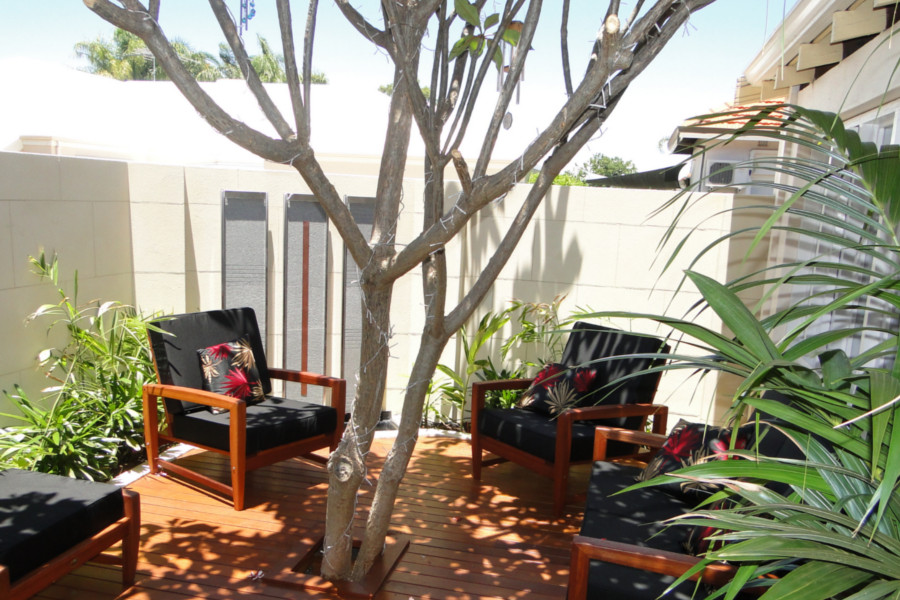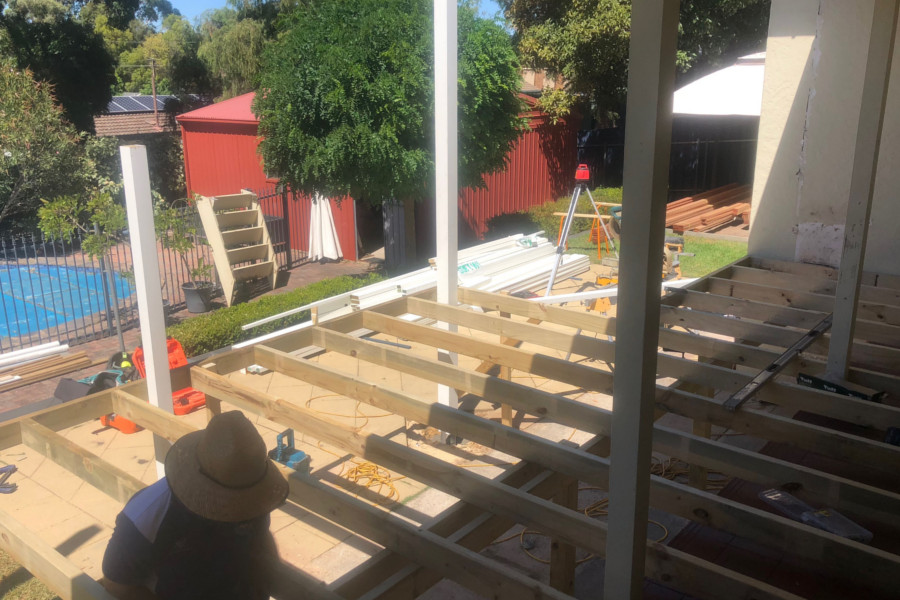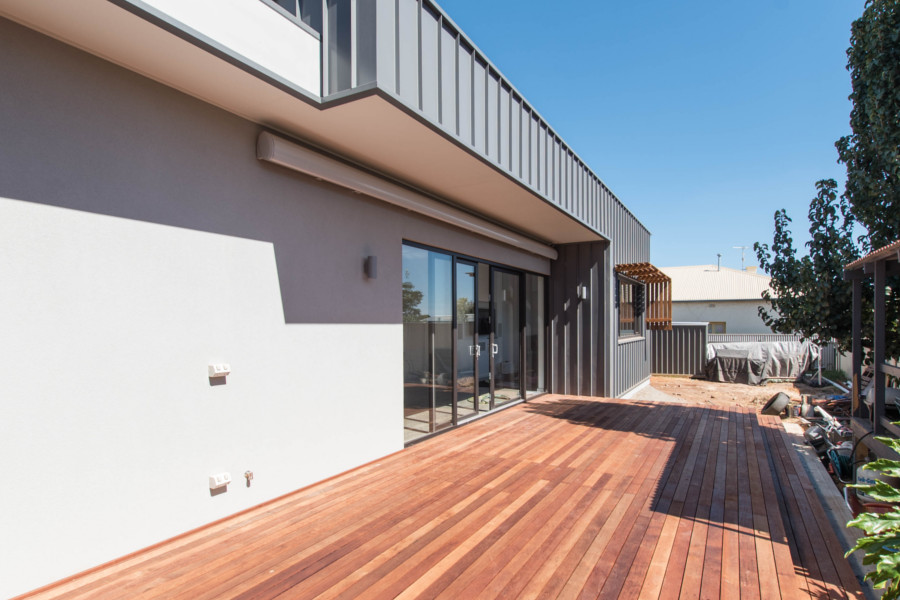
If you live in areas where trees are abundant, such as in the suburbs or the countryside then you should take extra care to maintain your timber deck regularly and properly.
The Dangers of Dirt and Debris on the Deck
Trees and tall shrubs shed leaves all throughout the year and these may collect on your deck, alongside gum nuts, rotted twigs, pieces of bark and other plant debris. Especially if you have built your deck with less than 5mm spacing between the decking boards, these debris can get caught in between these spaces, clogging them up.
When the decking boards expand due to excessive moisture, the extra material caught between the expansion spaces will add to the pressure on the boards and may cause them to weaken and be susceptible to physical damage and movement.
Keep Your Timber Deck Free from Dirt and Debris
To protect your timber deck from damage and deterioration it’s important to keep it clean. Do regular and consistent cleaning to sweep away any plant debris that fall on the deck. Pay particular attention to the hidden corners and especially the gaps between the decking boards. This is where dirt and debris tend to collect.
Schedule a good sweep/scrub with water and a mild detergent at least once a month. This helps get rid of stubborn stains and harmful plant materials that may have accumulated on the timber. Using a pressure washer is an advantage.
Staining Your Timber Decking Boards
Regularly staining your timber deck protects it from extreme weather conditions and daily wear-and-tear. The stain coats the surface of the timber and blocks UV rays that can dry up the timber and cause it to crack and check. The stain also keeps away excess moisture which can seep into the timber and cause physical damage and rot.
Use the Right Timber
Keeping your deck healthy and beautiful begins with good design that considers the environment where your deck will be built and then selecting the appropriate material for your deck based on the initial design.
Different types of timber react differently to specific environmental conditions. Be aware of these timber qualities and select the right one for your timber decking boards.



